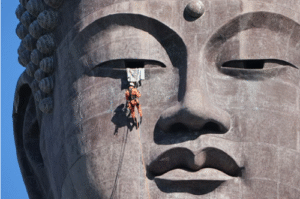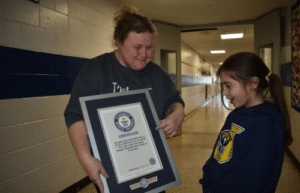S.V. Setty, an assistant engineer with the Public Works Department in Mysore (now Mysuru, Karnataka), holds a remarkable place in aviation history as one of India’s earliest aircraft designers and aviators.
During 1911–1912, Setty joined Avro, a British aircraft manufacturing company, where he contributed significantly to the design, piloting, and manufacturing of early biplanes. Among his achievements was the development of an Avro biplane powered by an eight-cylinder engine, with a wingspan of 9.76 metres (32 feet) and a weight of 362.8 kg (without pilot or passenger).
This pioneering aircraft could reach speeds of approximately 72–80 km/h, an impressive feat during the formative years of aviation. Setty’s contributions were groundbreaking, especially considering the nascent state of aeronautics in both India and Britain at the time.
Often referred to as “India’s First Aviator”, S.V. Setty’s legacy predates even the more well-known contributions of J.R.D. Tata and remains a source of pride in India’s early aeronautical heritage.






